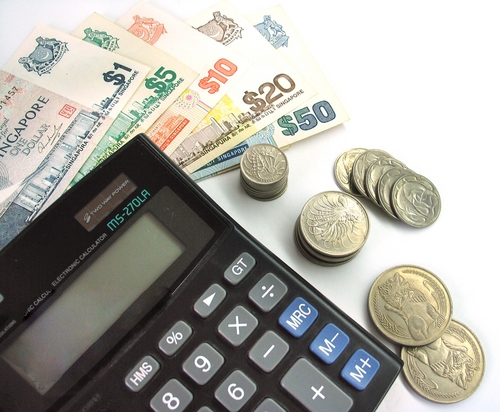
Inflation seen to increase rather than growth
Risks are leaning towards inflation rather than growth as the consumer price index increased to 3.7% in September.
In a statement, DBS Bank Ltd said the inflation can easily become a runaway train if nothing is done to curb it.
The experience of Vietnam in 2008 is a good example of how painful “emergency brake” measures had to be applied in order to rein in runaway inflation.
DBS said it worries about the sustainability of economic recovery in the G3 have dominated policy decisions for the most part of this year.
Many regional central banks postponed their interest rate normalization process as a result. While this may be justifiable, it is also a trade-off given that pre-emptive actions are needed to address inflation.
Average inflation level across the region has already risen above its historical average level and policymakers will now have to play their cards properly against the impending inflationary risks.
Apart from the MAS, DBS said recent rate hike actions across the region are clear signs that Asian central banks are finally ready to tighten the screws on inflation.
“On that, we expect a total of about 20 more rate hikes across the region in the next 6 months in a bid to keep the lid on inflation. Indeed, with attention shifting towards inflation and growth no longer the biggest concern, market will not be surprised to see a rebound in industrial output to 21.2% YoY, up from a mere 8.1% expansion,” DBS said.
The low base due to contraction in the pharmaceutical segment in the same period last year has helped. But the key point to note is that underlying manufacturing growth momentum is still in the normalization mode as confirmed by global PMIs and leading indicators for the key electronics sector.
In September, CPI inflation for September rose to 3.7% while industrial production figure for the same month is due today. Higher costs of transport, housing and food were the key factors behind the upward move in the price gauge.
Transport cost rose 9.1% on the back of higher COE prices and insurance premium while housing cost advanced by 4.7% due to higher rentals and electricity tariffs. Food prices rose by 1.7%. With overall inflation grinding steadily northward, risks are certainly tilting towards inflation rather than growth.
Wages are rising as the labour market tightens and this is expected to have some knock-on effect on prices at some stage. However, the main inflationary threat lies in the external environment.
Against the backdrop of the loose monetary policies in the developed economies, the resulting waves of capital flowing into the region as well as Asia’s own capacity constraints, inflationary risks have heightened sharply. These include food prices, commodity prices, fuel prices, wages and property prices.
























 Advertise
Advertise






